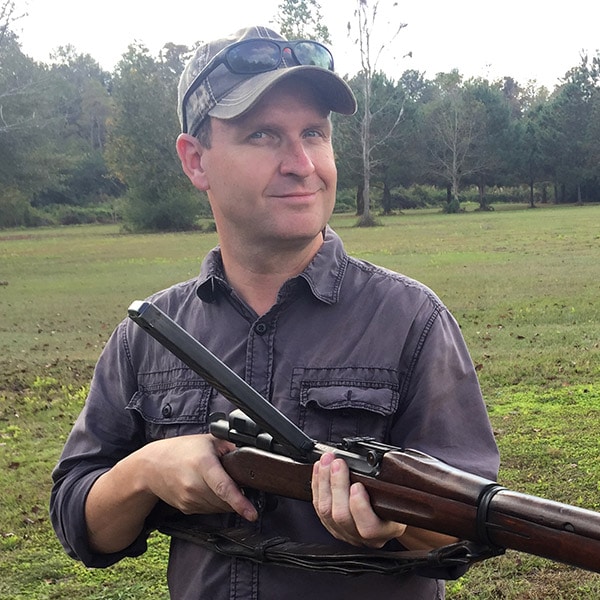History of the East German Makarov
May 3rd, 2022
5 minute read
After the defeat of the Third Reich in World War II, a divided Germany emerged from the conflict’s aftermath. In the west, the BRD (Bundesrepublik Deutschland) was established as a federal parliamentary republic, and in the east, the Deutsche Demokratische Republik (also known as the “DDR” as well as the German Democratic Republic or “GDR” or simply “East Germany”) was established as a communist sovereign state under Soviet influence.
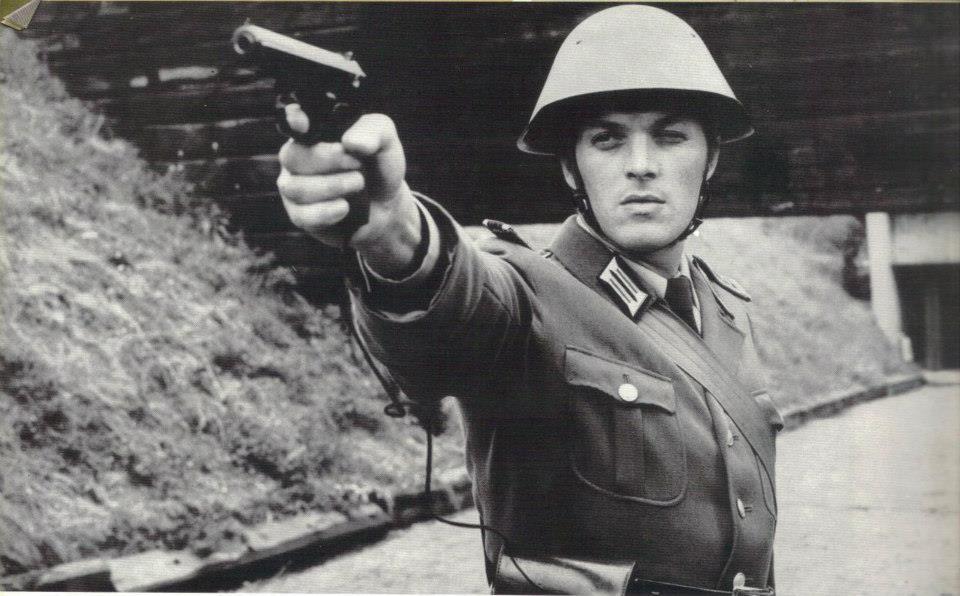
Both nations were born in 1949 and both nations had an immediate need to create, train, and arm modern military and national police forces. At first, firearms that fought World War II were used by the DDR because they were abundantly available at the time and still in serviceable condition. That is why the MP-44 Sturmgewehr and the Kar98k continued to arm the Nationale Volksarmee (NVA), the Volkspolizei, Grenztruppen border guards, and Kampfgruppen der Arbeiterklasse (KdA) paramilitaries well into the 1950’s.
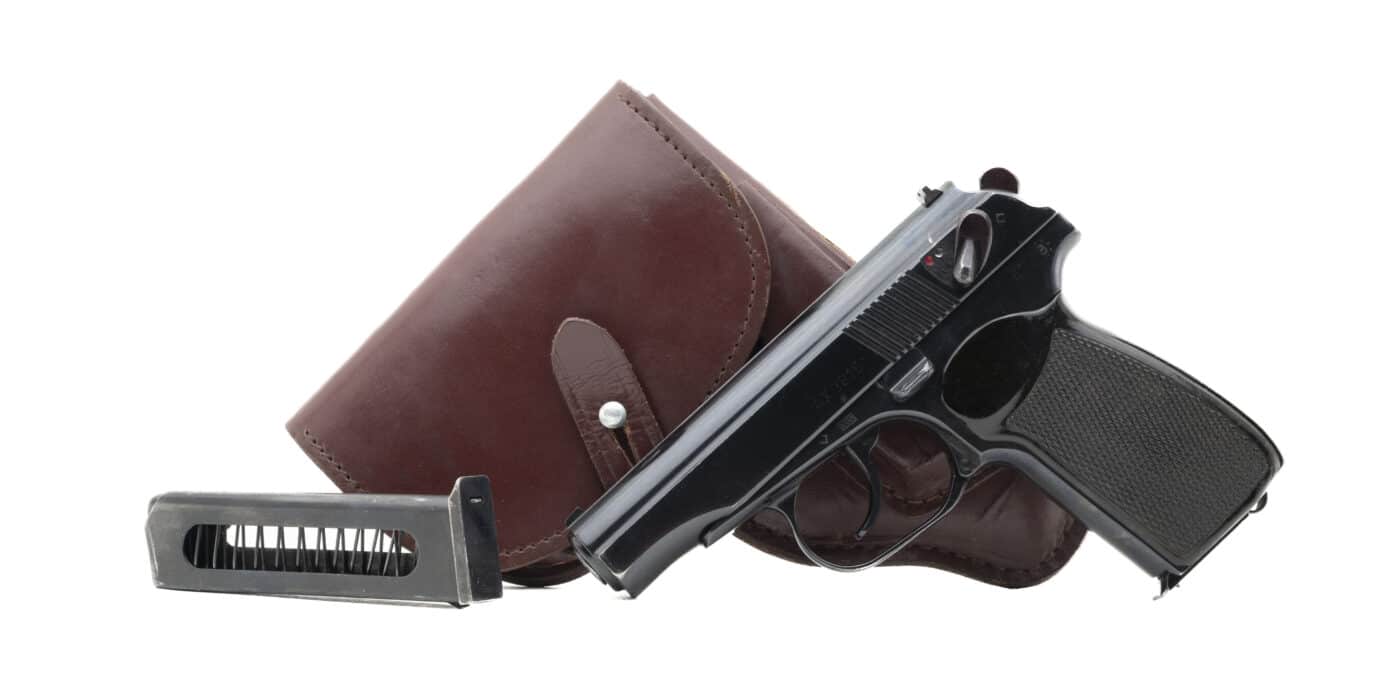
But because the DDR was an Eastern Bloc socialist state, it also received military aid directly from the Soviet Union, and much of that aid eventually came in the form of old Russian military firearms. Thus, the small arms that had once opposed Germany ultimately came to arm it during a complicated new era as old Soviet rifles, pistols and submachine guns were turned over to the East Germans. This is why you will see the Mosin Nagant rifle and the PPSh-41 submachine gun arming members of the NVA during the republic’s early years.
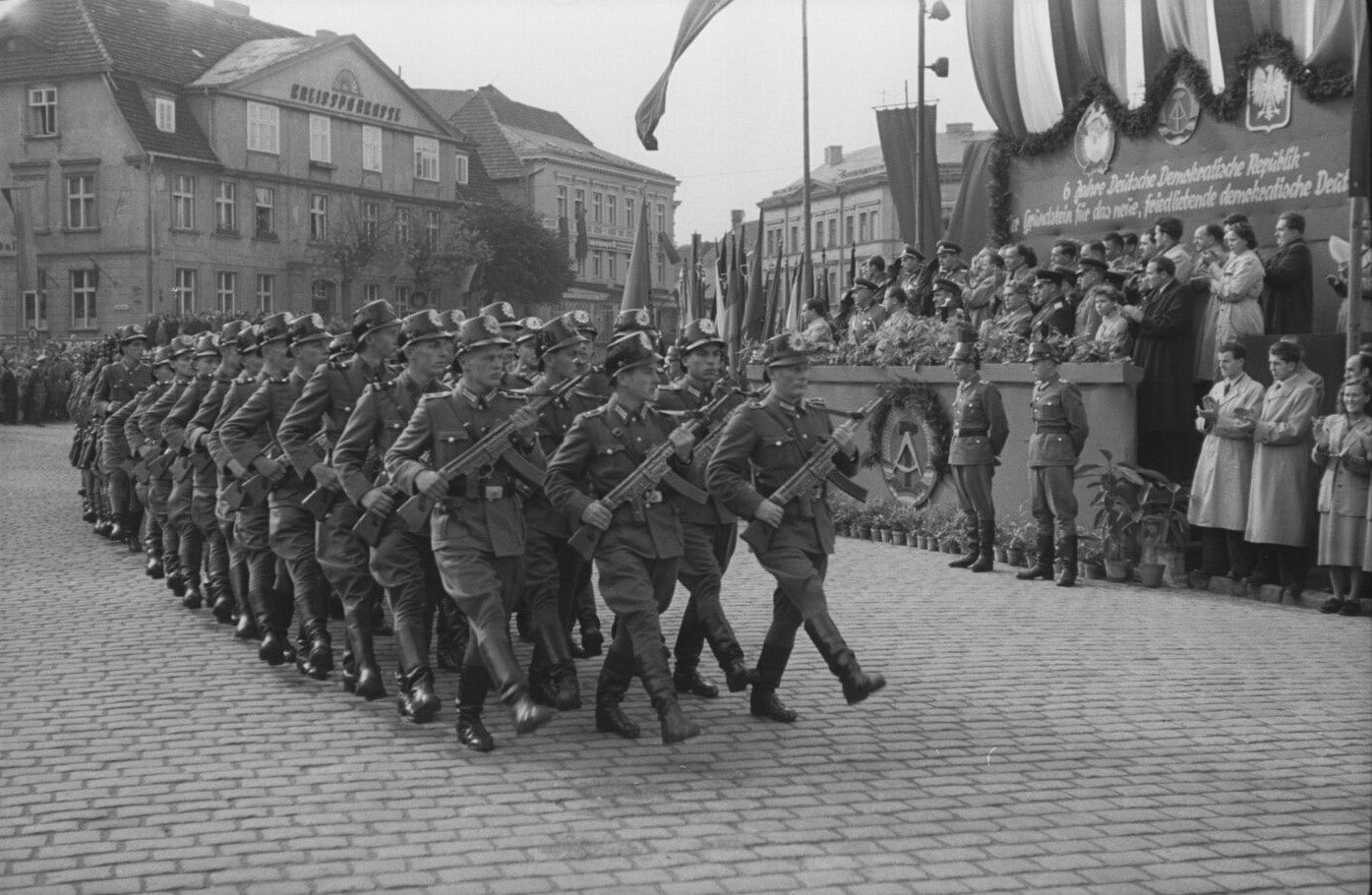
Eventually, though, the Red Army guns that fought the Second World War would be replaced in DDR service by a new generation of Soviet firearms to include the SKS and the Kalashnikov. East Germany would even ultimately establish domestic production of Soviet designs like the Kalashnikov and the new service pistol that was adopted by the Red Army shortly after the Cold War began: the Makarov PM.
The Background
During World War II, the Soviet Union used both the M1895 Nagant revolver in 7.62×38mmR, and the TT-33 Tokarev semi-automatic pistol in 7.62×25mm. After the war, the country sought to replace the two handguns with a single new one chambered for the 9×18mm cartridge that Boris V. Semin developed in 1946.
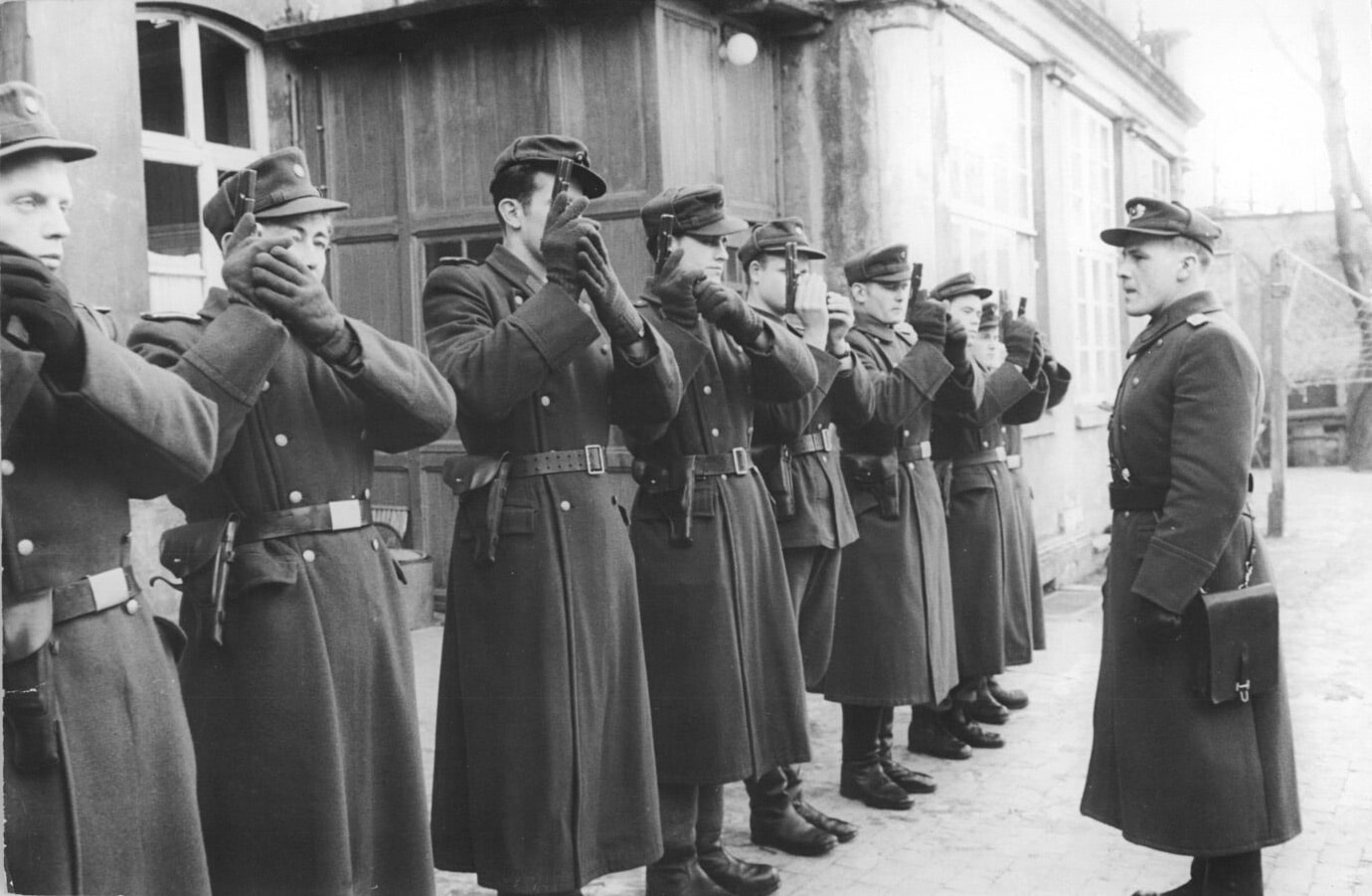
A total of nine engineers ended up submitting pistols for evaluation in 1948, but it was the design submitted by an engineer at Tula Arsenal named Nikolay Fyodorovich Makarov that the Red Army ultimately adopted. His semi-automatic pistol presented similarities to the Walther PP insofar as it combined a double-action/single-action trigger with de-cocker, a direct blowback slide, and a mainspring concentric with a fixed barrel. Like the PP, it fed from a detachable box magazine with an 8-shot capacity, was equipped with small military-type front and rear sights and it could be disassembled without tools. Unlike the PP, it was equipped with a heel magazine release and an external slide stop.
In-Service
The gun entered service in late 1951 as the 9mm Pistolet Makarova, or “PM” as it was officially designated. It set a standard for reliability comparable to the American M1911A1, but the simplicity of its design also made inexpensive mass production possible.
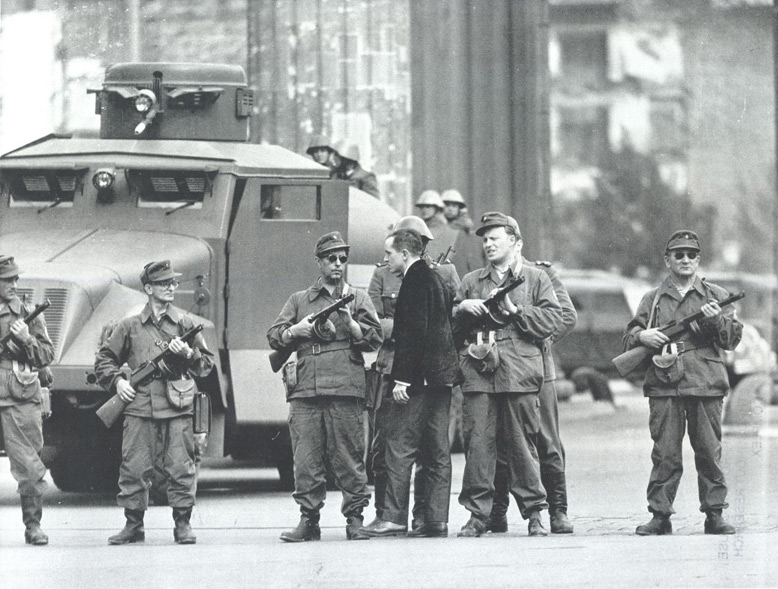
It was the perfect balance of durable and economical, and that is why it would ultimately serve through the Cold War and beyond. In fact, examples of the Makarov PM have been observed in the current Russo-Ukrainian War and that means this pistol has been in military service for over 70 years.
Initially, production of the Makarov was for Russian military and police forces, and that took place at Izhevsk, but production licenses for the pistol were also given to China, Bulgaria and ultimately the DDR. The East German Makarov was produced by Ernst Thælmann in Suhl, Thuringia from 1958 to 1965 and it stands out because of the rich blued finish that was applied to each example’s frame and slide.
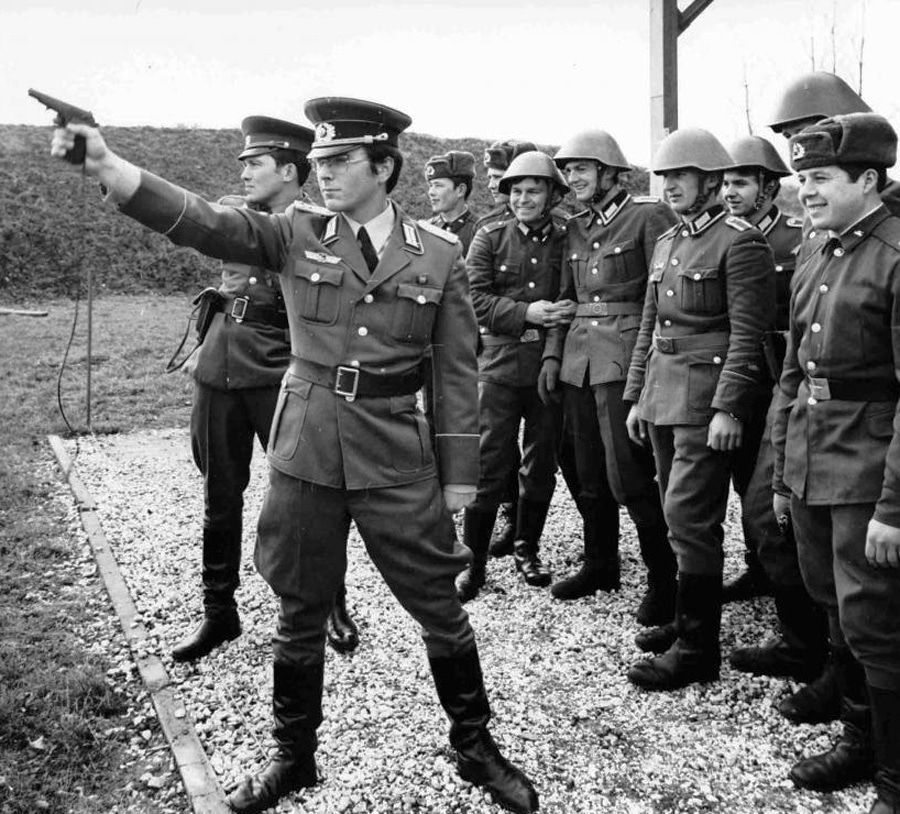
Like the Chinese Type 59 pistol, the DDR’s Makarov has 10 grasping serrations on the left side of the slide and 17 serrations on the right side. Bulgarian and Russian PMs have 13 slide serrations on each side. The guns that Ernst Thælmann delivered to the East German government came with black plastic one-piece grips and chrome-lined barrels using four groove, right-hand twist rifling.
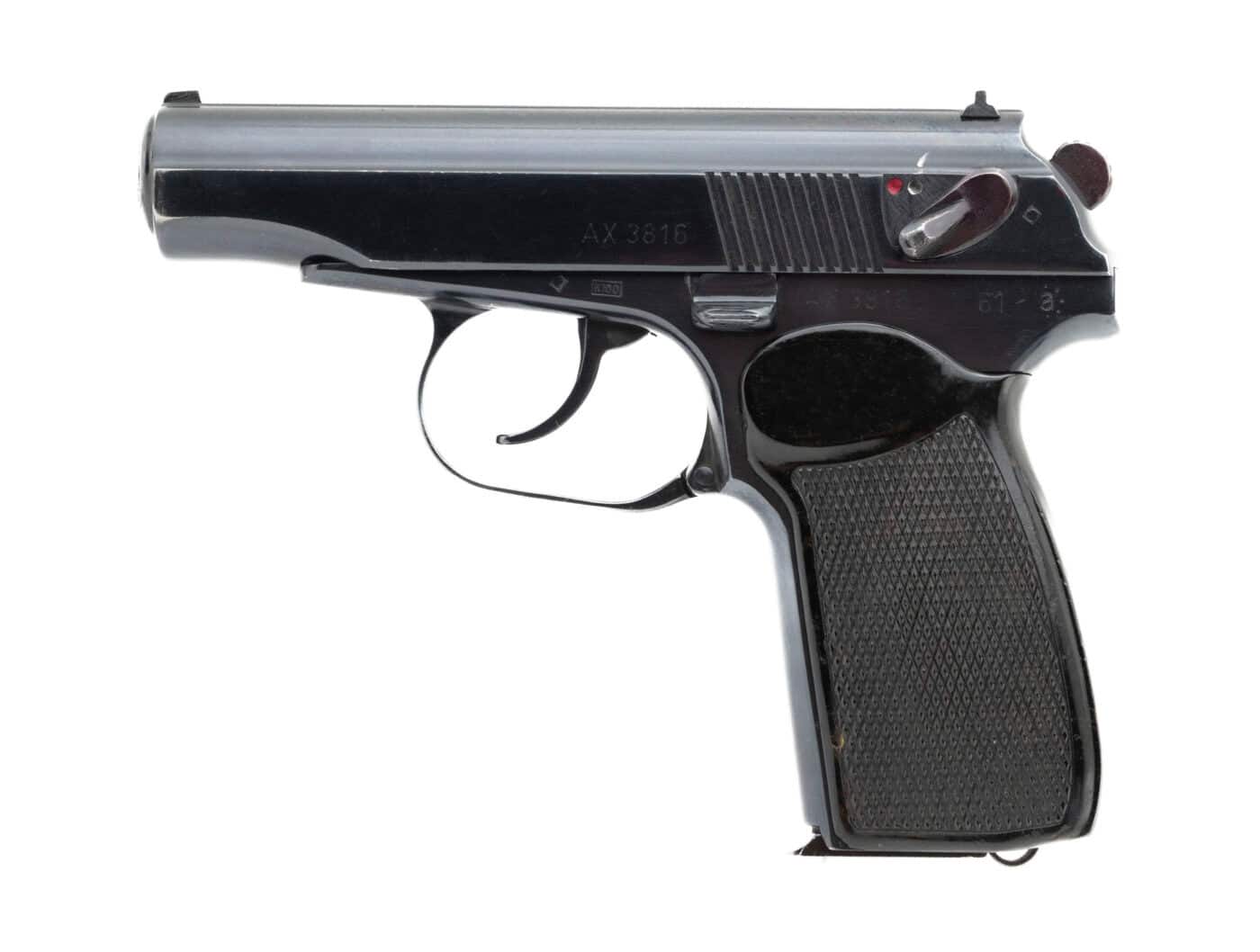
With a weight of 1.625 lbs., it is a little heavy for a medium-size automatic service pistol, but that is primarily a product of the all-steel construction that also makes the Makarov design tough as nails.
Conclusion
When Germany reunified and the DDR dissolved in 1990, Ernst Thælmann-made PMs were imported into the U.S., and they were swiftly gobbled up by collectors who wanted something to remember the 40 years during which there were two Germanys — one of which was a part of the Eastern Bloc.
Editor’s Note: Please be sure to check out The Armory Life Forum, where you can comment about our daily articles, as well as just talk guns and gear. Click the “Go To Forum Thread” link below to jump in and discuss this article and much more!
Join the Discussion
Continue Reading
Did you enjoy this article?

 228
228





